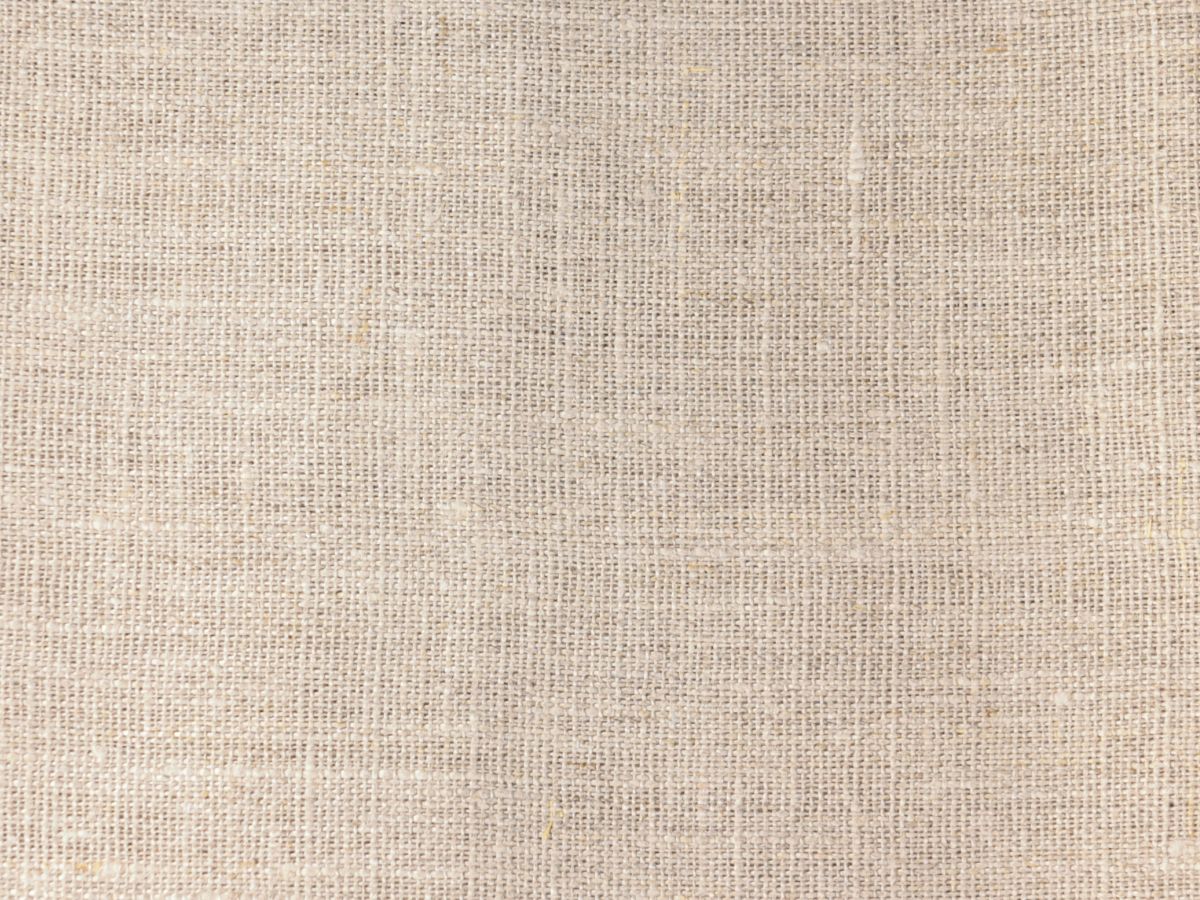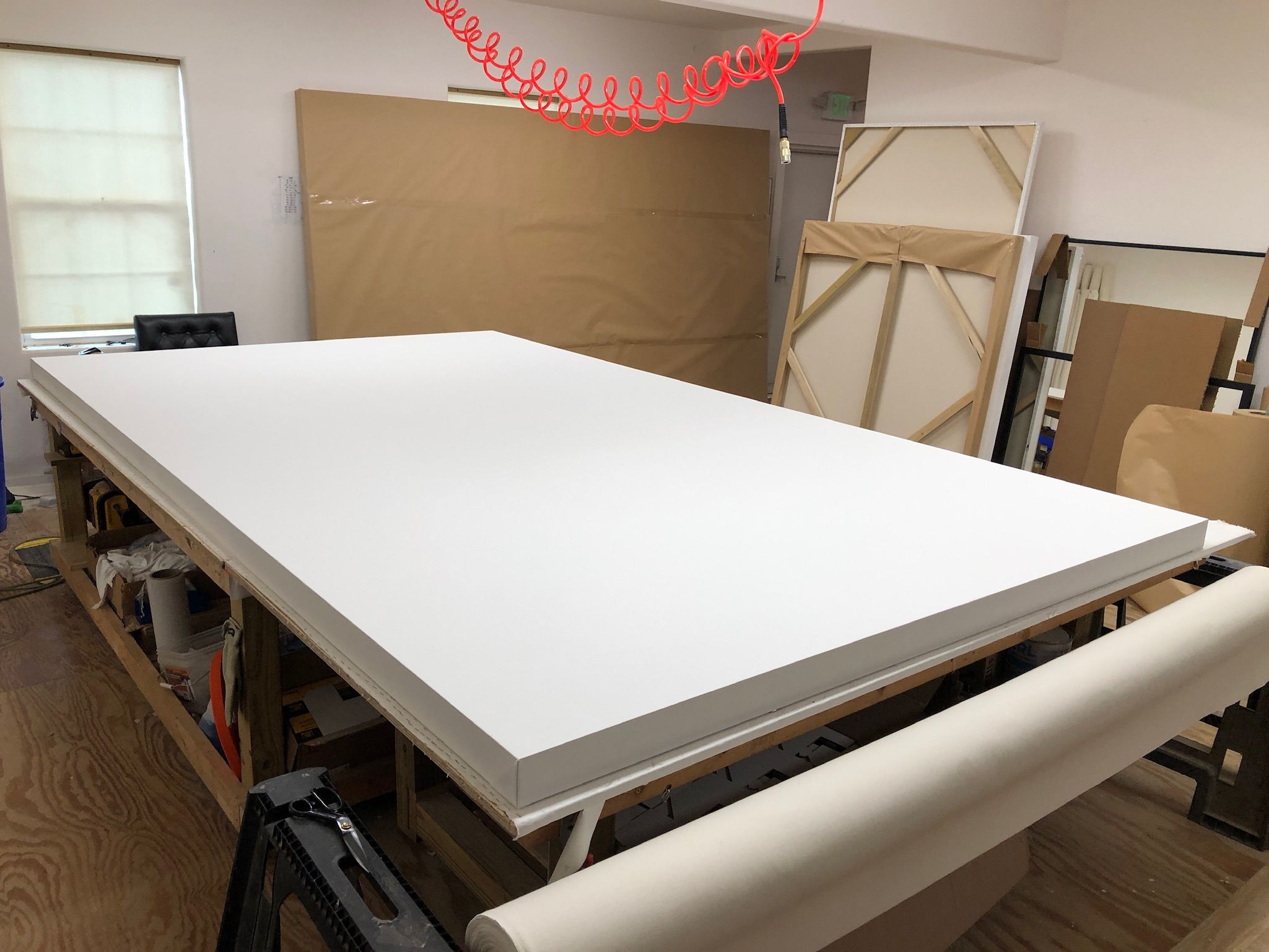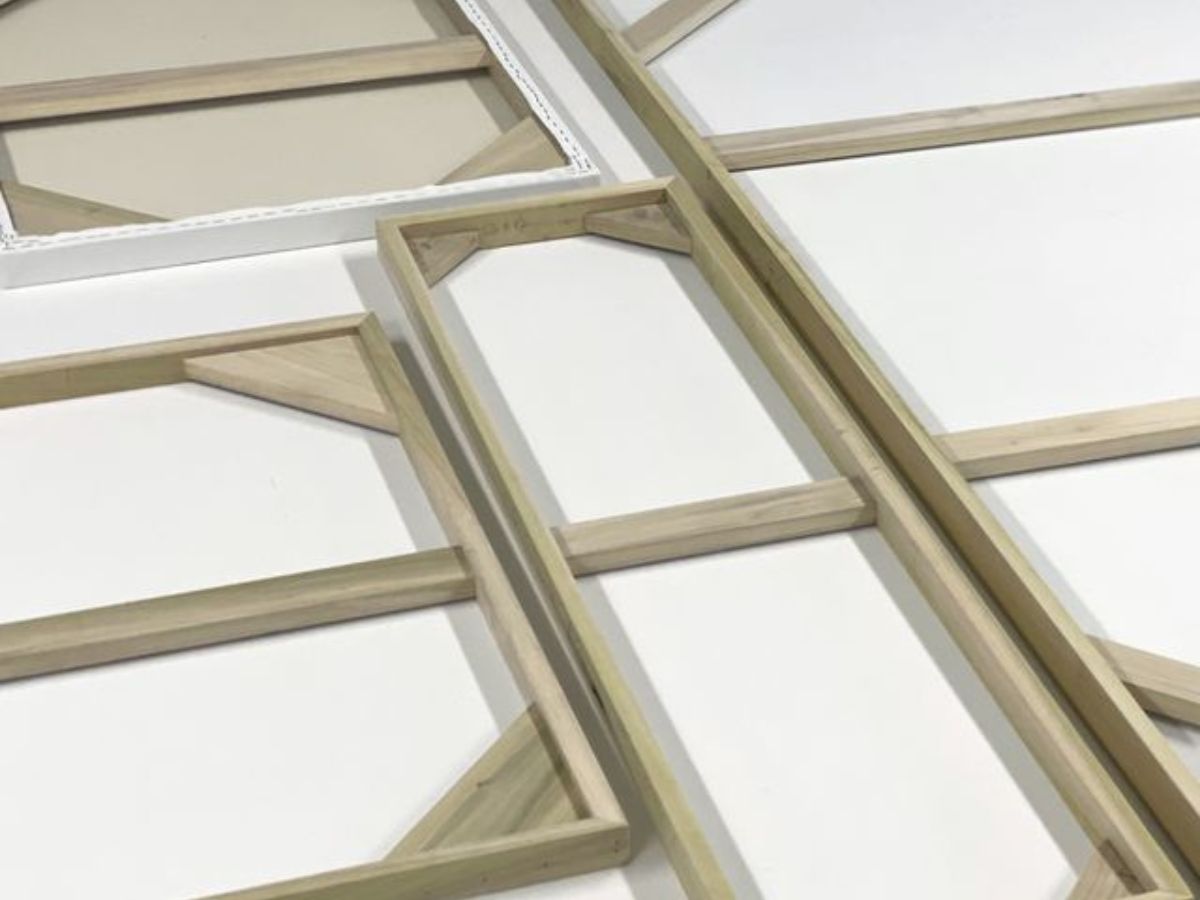
How to Choose the Best Artist Canvas: What Painters Should Know
If you’re an amateur or pro painter, art lecturer, or hobbyist, you know that what you paint on matters almost as much as what you paint with. The canvas is the foundation. Get it right, and it supports your vision. Choose poorly, and you’ll fight it every step. Let’s talk about what to consider so you pick a canvas that works, not one that works against you.
1. Material: Linen vs Cotton vs Synthetics
Cotton is the go-to for many. It’s cheaper, easier to stretch, and widely available. Good for studies, experiments, or mid-range work. It works well with both acrylics and oils when primed properly.
Linen (flax) is more expensive but superior in durability, strength, and stability. It has longer fibers, tighter weave, and holds up better to humidity changes. For fine detail, traditional oil painting, or work meant to last, linen shows its value.
Synthetic or blended canvases (polyester, polyester-cotton) are increasingly used. They resist stretch / shrink more, are less influenced by moisture, and can be lighter. If you paint in a humid climate, travel a lot, or need something rugged, these might be a good pick.
2. Weave, Texture, and Weight
These are interlinked and affect both how the paint behaves and how the finished work looks and endures.
- Weave/Texture: Smooth vs coarse. Smooth (fine weave) is great for detail, realism, precise brushwork; coarse weave gives texture, character, good for expressive or impasto styles.
- Weight/Thickness: Canvases are often graded by ounces per yard or grams per square meter. Heavier canvases (thicker threads, denser weave) resist sagging and tend to last better. If you’re doing large pieces, layering, or heavy textures, go heavier. Light/medium canvases are okay for smaller works or lighter paint layers.

3. Primed vs Unprimed (Pre-Primed vs Raw)
- Pre-primed canvas comes ready to work on–primer or gesso already applied. If you want to start painting right away, this saves effort. But check the quality of the primer (how smooth it is, whether it’s meant for oil or acrylic).
- Unprimed (raw) canvas gives you control. You can size it yourself, choose your ground, build layers of gesso, adjust texture. This lets you fine-tune the surface. But it takes more work and time. If you enjoy that process, or need a specific finish, raw might be worth it.
4. Style, Environment and Budget
- Painting style matters: If your work is detail-oriented (portraiture, fine realism), you’ll want a fine, smooth surface (linen or well-primed cotton). If you work in expressive, loose, textured styles, a canvas with more tooth and texture might better serve.
- Environment: If you’re in a humid place, or where temperature swings, linen and good primers help avoid warping. Synthetic blends may resist moisture better. Also consider gallery lighting, display conditions (will it be framed or unframed) when choosing canvas material.
- Budget: Linen costs more; canvas with heavier weight costs more; custom stretched canvases cost more. For practice, studies, experiments you may choose mid-range cotton. Save premium materials for work that needs to endure or sell well.
5. Final Checks Before Buying
Before you commit:
- Inspect the stretcher bars (if stretched): Are they straight? Is the canvas taut? Are the corners neat?
- If buying already primed, check the primer: Is it even? Does it absorb well? Does it crack or show grain you don’t like?
- For large canvases, think about transport, framing, storage. A very large linen, heavy canvas may be costly to move or mount.
- Try small pieces first. Paint test swatches. See how the paint moves, how the brush behaves, how colors look once dry.

